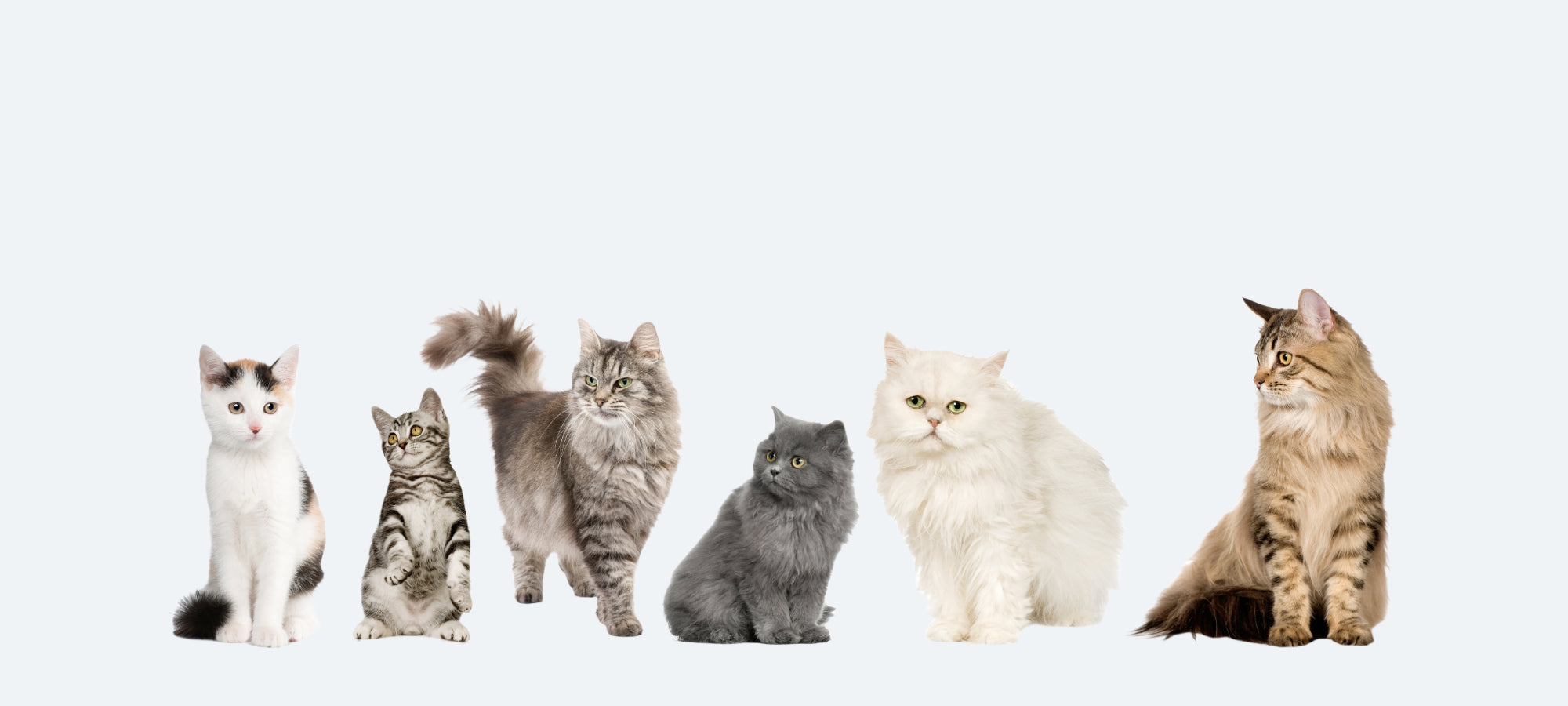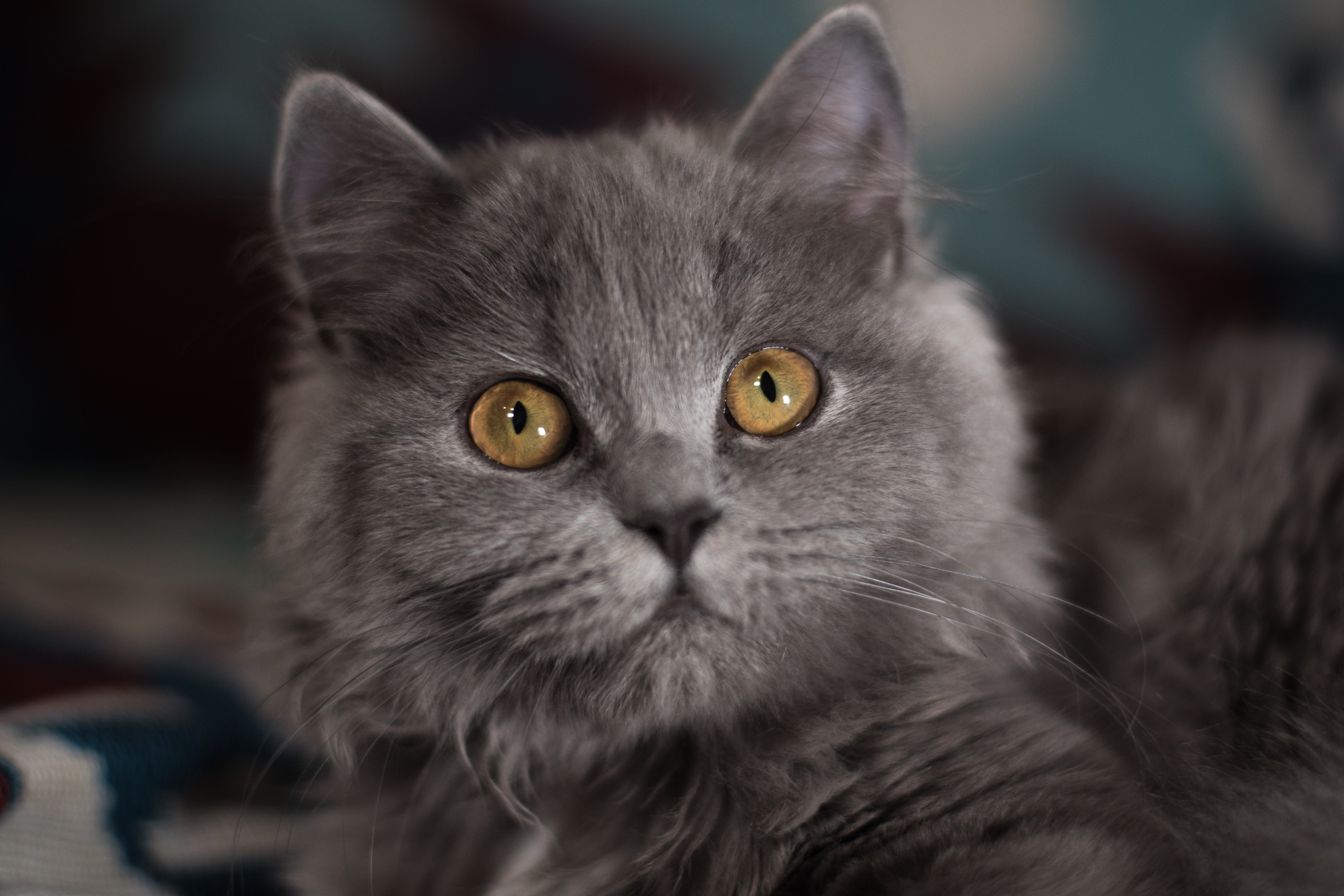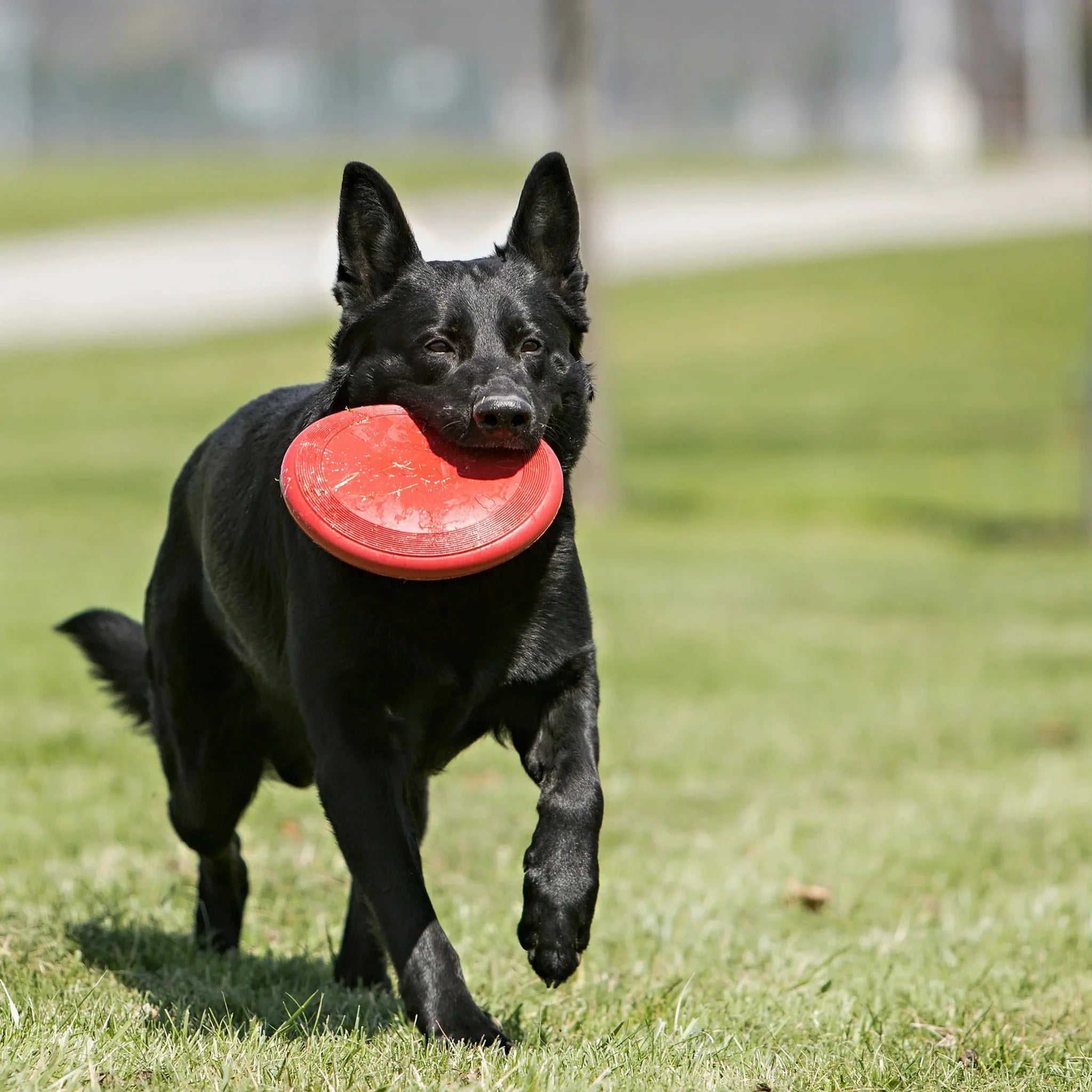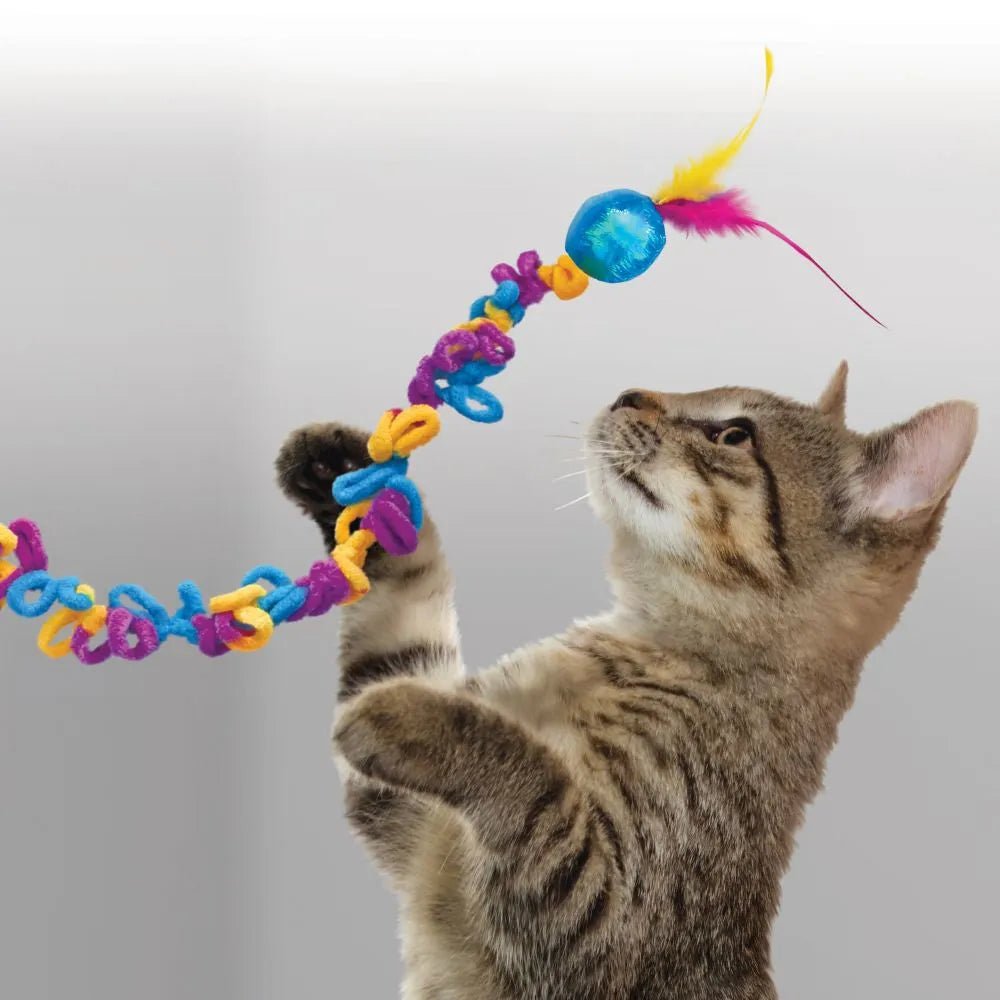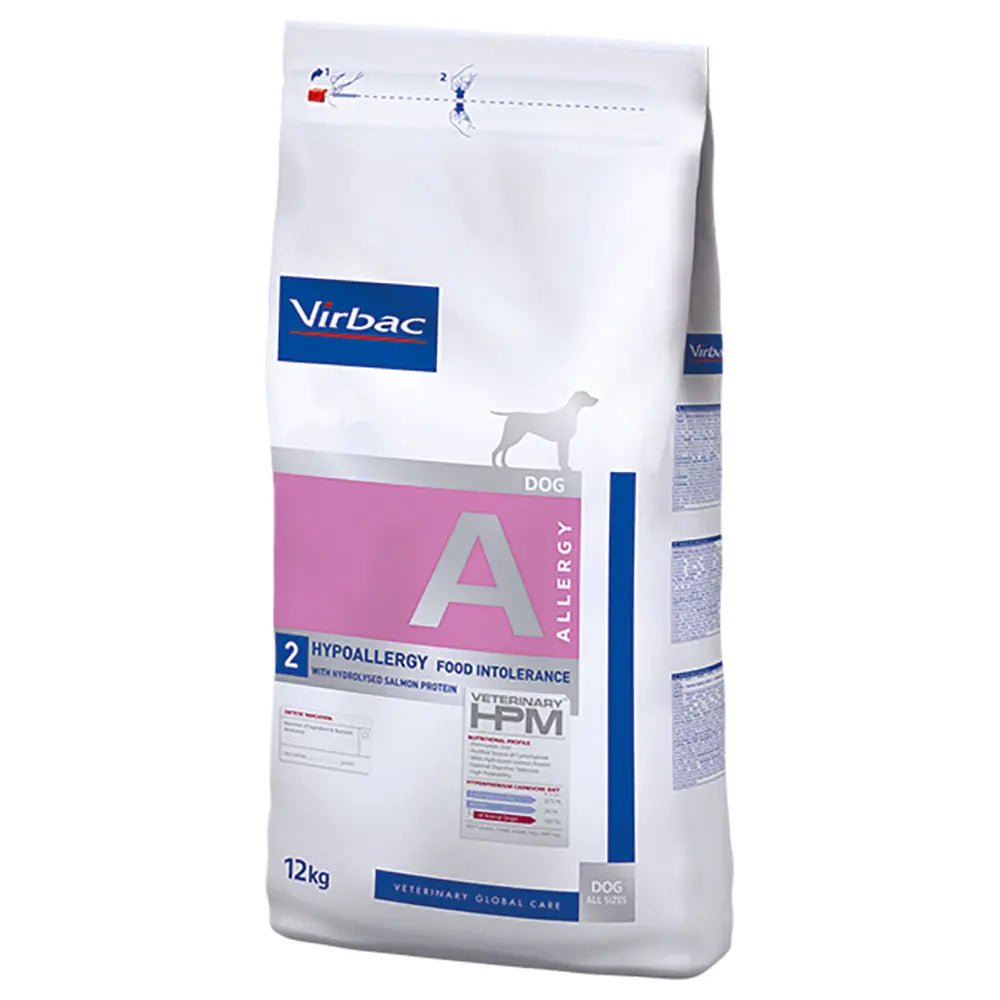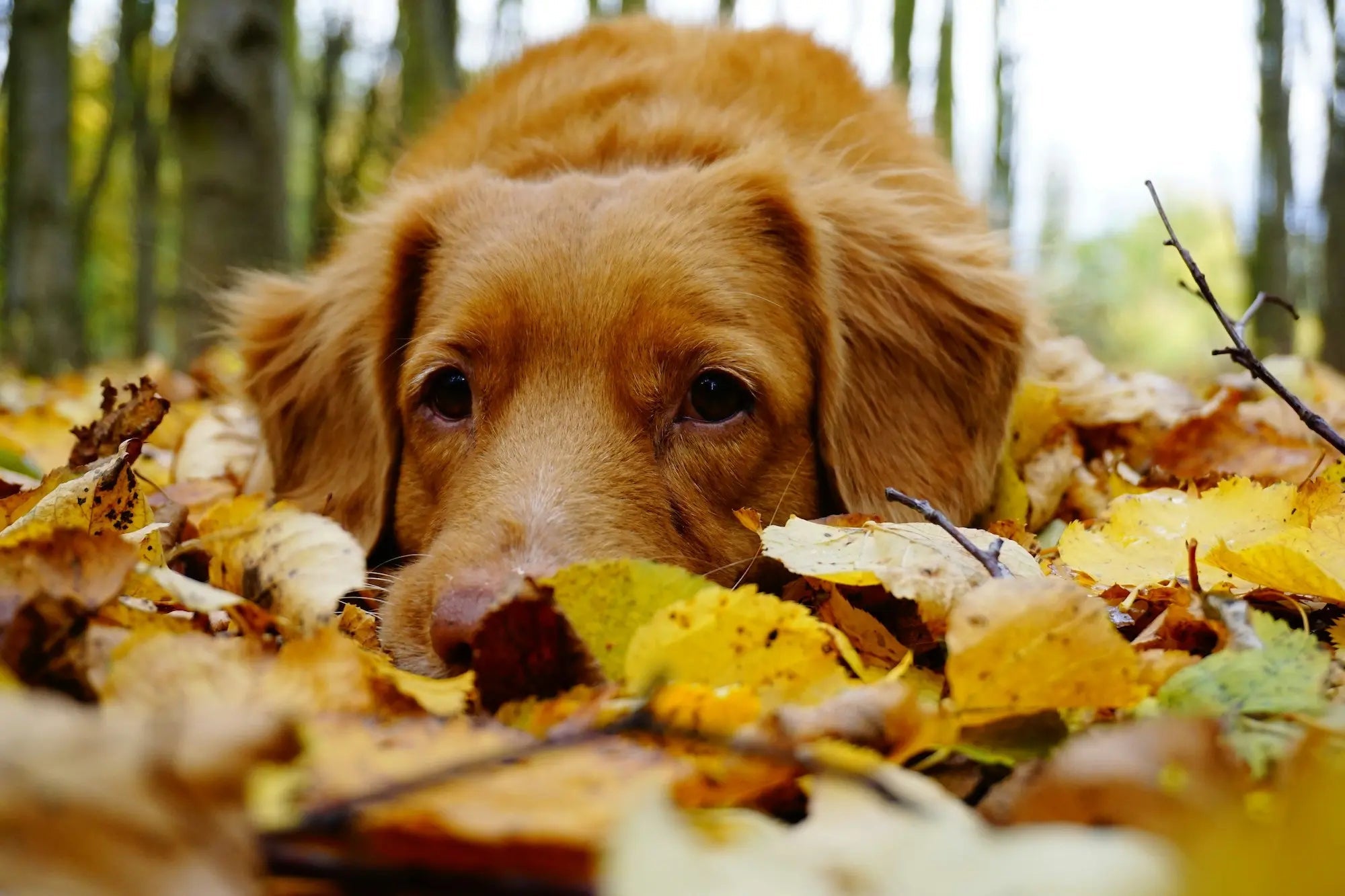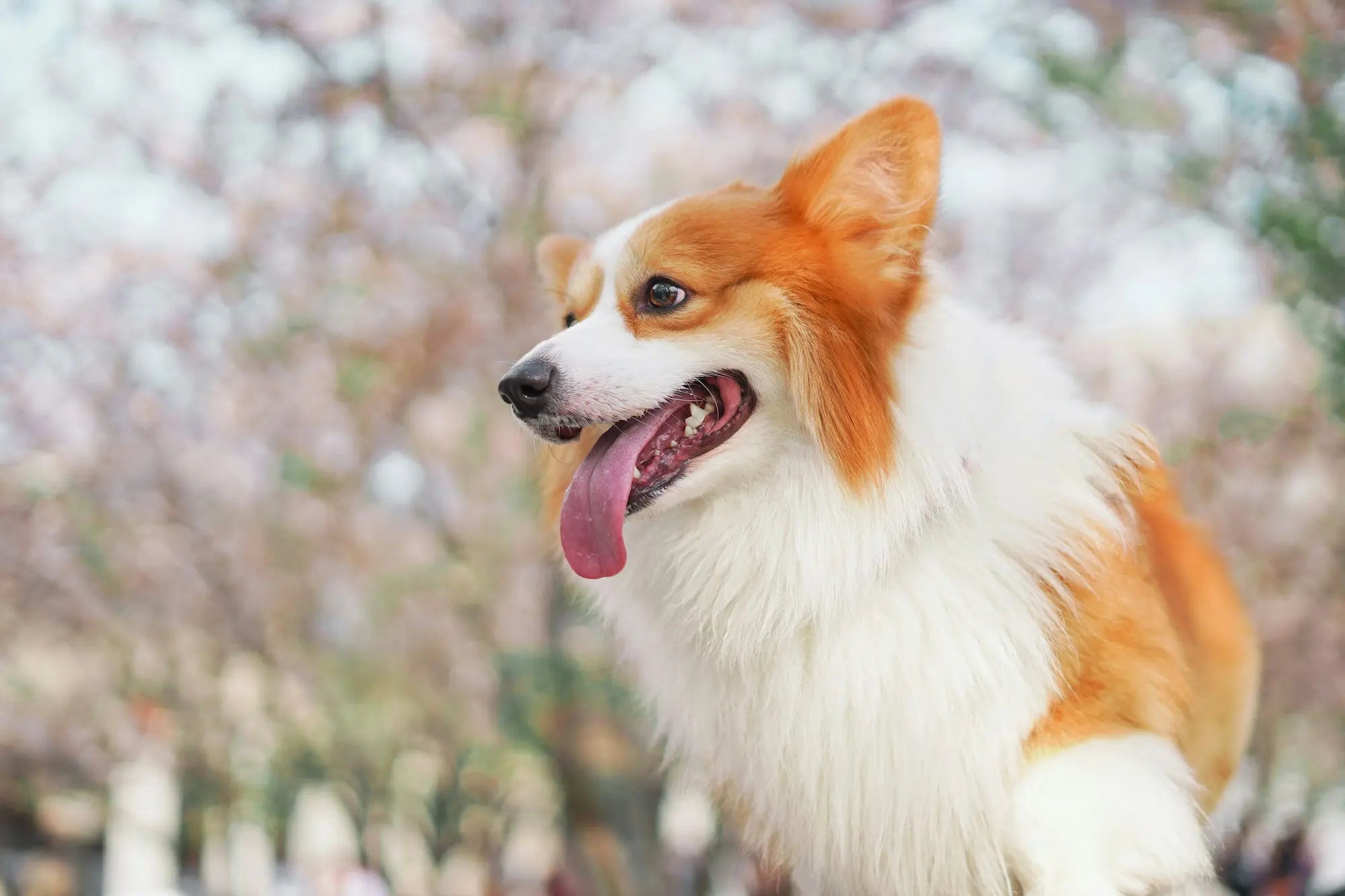The British Longhair is not very different from its short-haired relative the British Shorthair, but as the name suggests has slightly longer fur. They are often calm and docile creatures, with a sweet and round face. Read more about the British Longhair cat breed and what characterizes the furballs!
race facts

Child-friendly

Attention needs

Energy level

Talkativeness

Fur care

mowing
Facts about the breed
The British Longhair is, as mentioned, related to the British Shorthair , but with longer fur. This breed was bred by crossing the British Shorthair with Persians to increase the population after the First and Second World Wars, when the proportion of British Shorthairs was reduced. The gene for long fur is inherited recessively and is therefore hidden in the gene pool, which can lead to the appearance of long-haired cats several generations later. Originally, long-haired kittens were undesirable, but today they are recognized as a separate breed by some cat organizations.
What can you expect as an owner of a British Longhair cat?
Personality
Personality
The British Longhair is a calm, relaxed and friendly breed. They are often affectionate with family members, but often prefer to lie close to them rather than be on their laps. These cats are generally easy to get along with and have a generally relaxed attitude towards life. They enjoy attention and can appreciate both play and cuddles.
Energy and attention needs
Energy and attention needs
British Longhairs are a calm breed, with a relatively low energy level. They are laid-back and usually prefer to move around on their own, without being picked up or carried too much. However, they enjoy attention and can interact well with their family. Like all other cats, they also need regular play and mental stimulation to be happy with their lives.
Health
Health
Size and appearance
The British Longhair is a medium to large cat with a muscular and robust body. They have a distinctive appearance with large eyes, small ears and a cute, teddy bear-like appearance. The British Longhair's coat is soft, dense and double. Although their coat is shorter than that of Persian cats, they are categorized as semi-longhaired. The thick undercoat causes the fur to stand out from the body, giving the cat a lovely "teddy" appearance.
Weight
Female cats usually weigh between 4-6 kg, while male cats can weigh up to 8 kg.
Lifespan
12 - 20 years
Hereditary diseases
Although British Longhairs are a healthy breed, they have an increased incidence of the heart disease hypertrophic cardiomyopathy (HCM) . Some cats may also be susceptible to polycystic kidney disease (PKD) due to their crossbreeding with the Persian breed. Early testing and follow-up can help detect the disease early and ensure proper treatment.
Fur care
Fur care
To maintain the coat, you should brush it at least once a week. Bathing is rarely necessary, as the cat cleans itself. During shedding periods, more frequent brushing is recommended, which not only minimizes the risk of tangles, but also gives the coat a silky smooth and shiny shine. This also helps prevent hairballs.
Food and nutrition
Food and nutrition
Like the British Shorthair, obesity is the most common health problem for the British Longhair. This is especially common in adult cats that spend most of their time relaxing on the sofa or in bed. As mentioned, the British Longhair has a penchant for relaxation. Therefore, it is important to adjust the diet and choose cat food that is adapted to the cat's activity and age. At the same time, it is a good idea to keep the cat active with play and exercise. It may also be a good idea to plant cat grass for your British Longhair, or buy cat food that is specially made for the formation of hairballs in the stomach.
If you want to become the owner of a British Longhair, you should make sure to find a reputable breeder. How much a kitten costs will vary, but you can expect a price of between 12,000 - 20,000 kr for a British Longhair kitten.
Having purebred cats as pets has become very popular, but unfortunately this has resulted in many unscrupulous breeders who engage in unethical breeding for profit. Therefore, it is important for you as a buyer to get information about how the cat was bred so that you do not contribute to cats with hereditary and serious diseases being born. If a purebred cat is sold without a pedigree, you will never know whether the kitten has been stolen, or whether illegal trade has taken place.
A serious breeder in a federation must follow strict requirements for animal welfare and health. Good breeders will also demand something from you to ensure that the cat has a good life. Remember to check if the breeder is registered through the Norwegian Cat Breeders' Association (NRR) / FIFe / TICA and that the pedigree, health certificate (and possibly the purchase contract and vaccination card/veterinary passport) are included.
